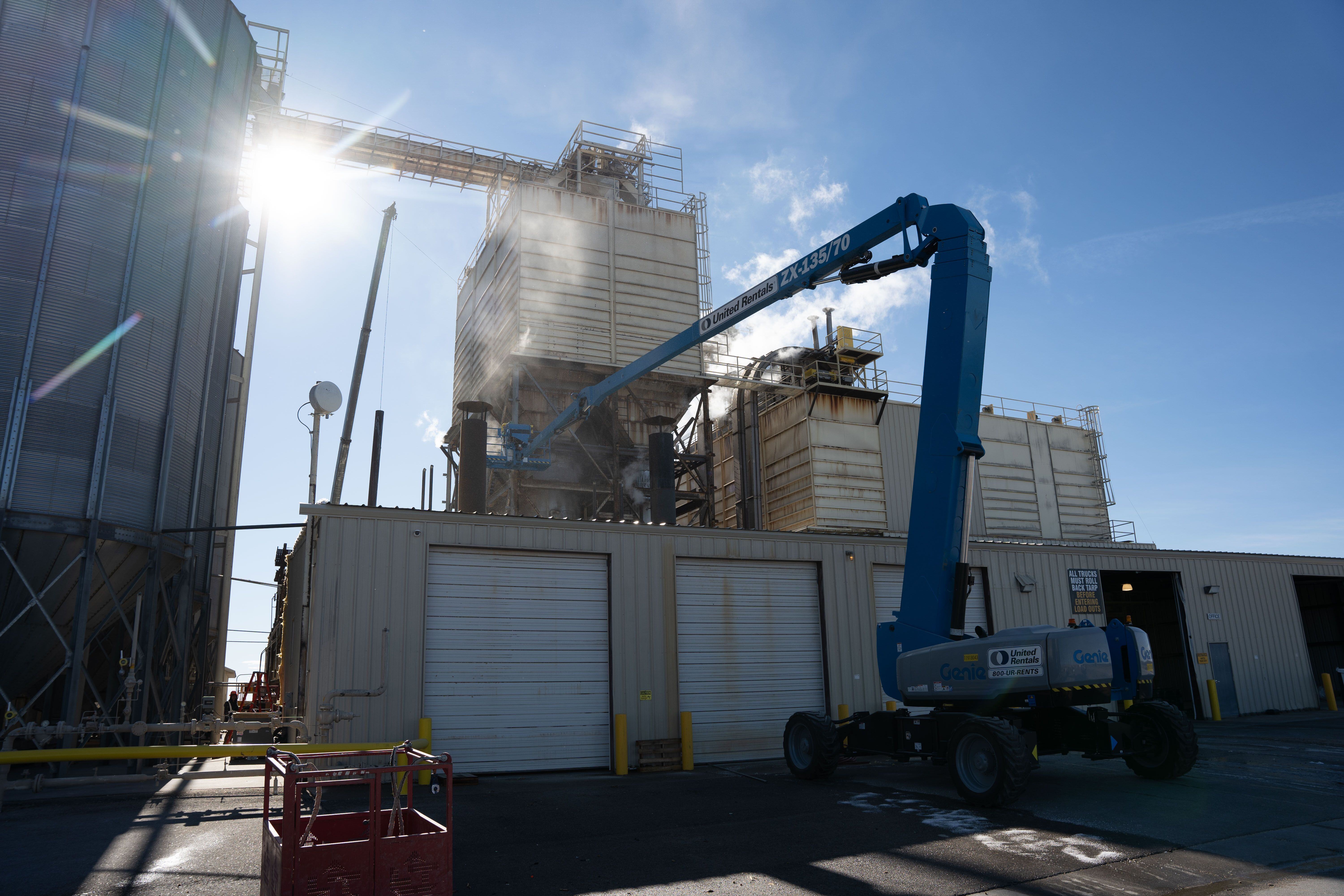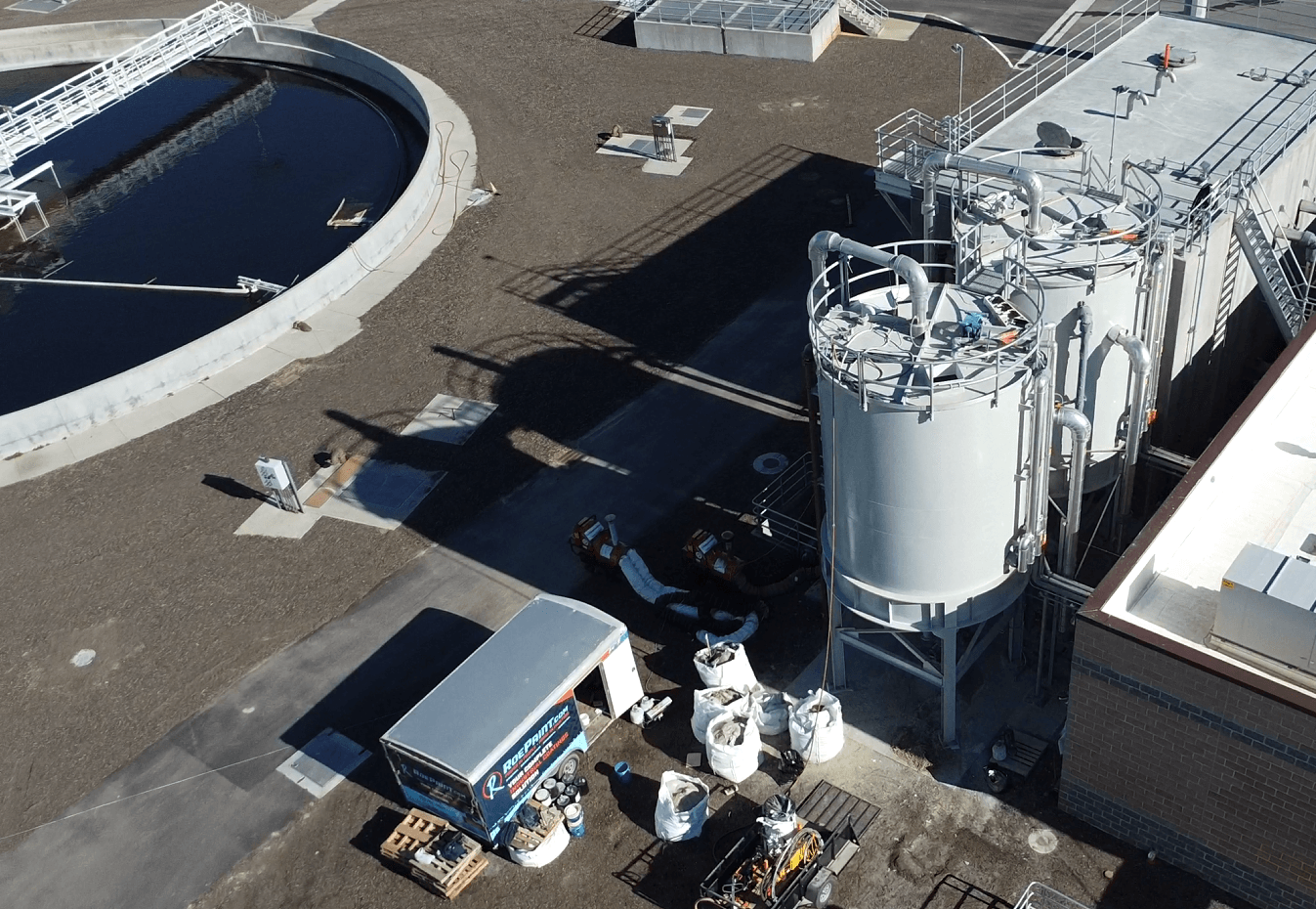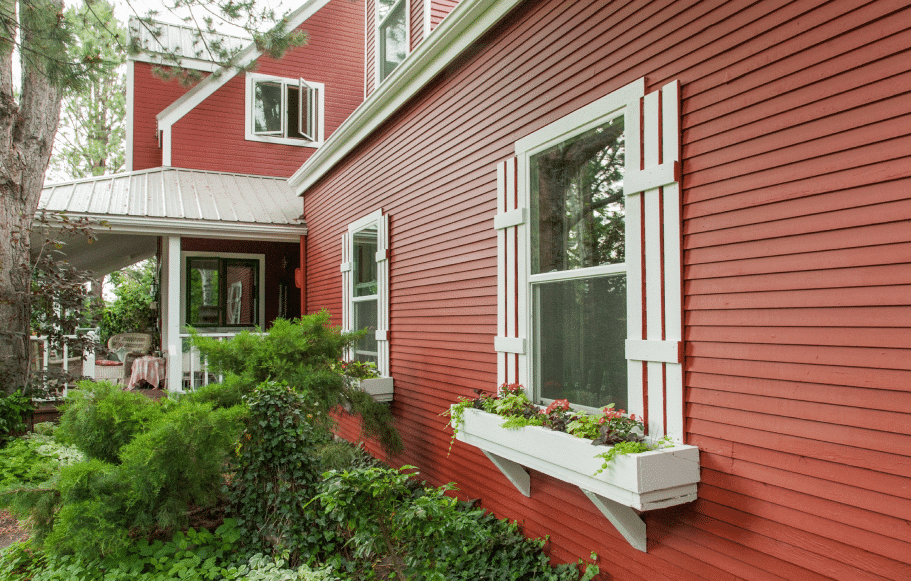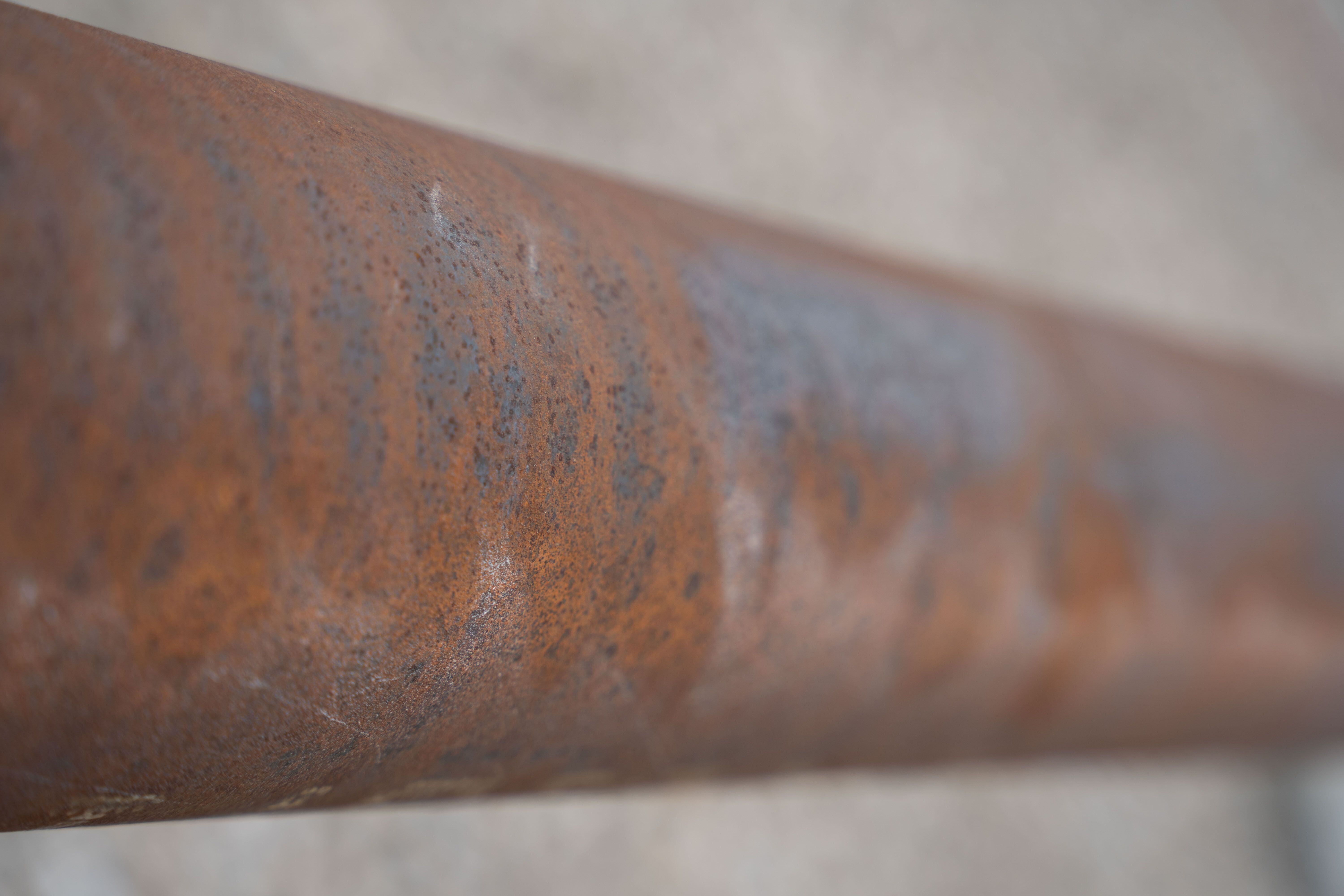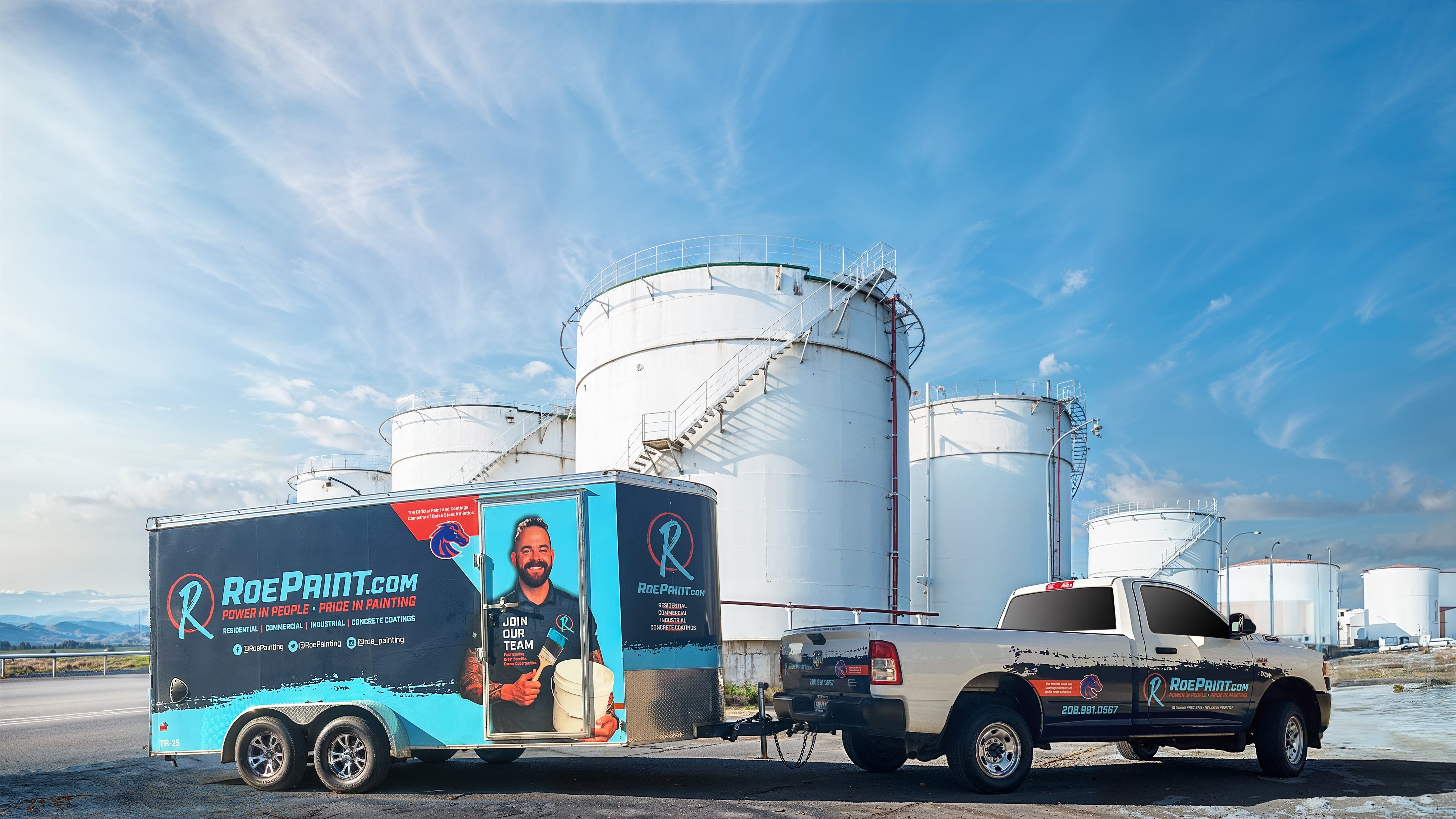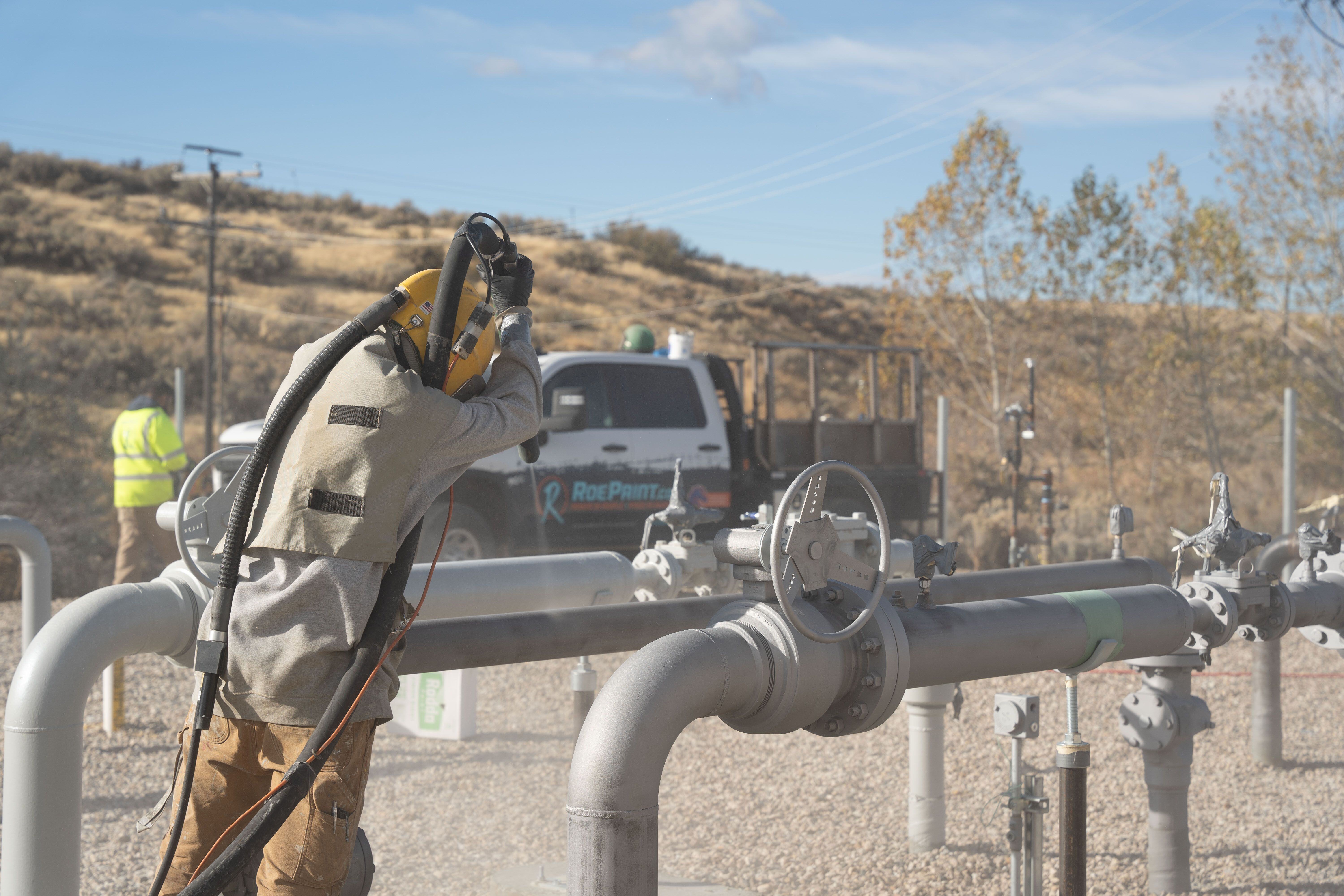
When an industrial coating system fails early, it's rarely because the coating itself was the problem.
In most cases, the issue begins underneath, where rust, scale, old coatings, and contaminants prevent new coatings from properly bonding to the surface. That leads to premature wear, corrosion returning faster than expected, and additional downtime to correct the problem.
We understand how important your equipment, structural steel, and facility surfaces are to your operation. After 25 years in the industry and projects with companies like Intermountain Gas, Meadow Gold, Lactalis, and Nevada Gold Mines, we know the goal is always to protect those assets for as long as possible, without repeated disruptions or maintenance cycles.
Sandblasting is one of the most dependable ways to create a clean, consistent surface profile that coatings can adhere to. In this article, we'll walk through what sandblasting does, when it's recommended, and how choosing the right approach helps ensure a coating system performs the way it should over time.
What Sandblasting Does in an Industrial Coating System
Sandblasting prepares a surface so that a protective coating can perform as designed. The process uses compressed air to propel abrasive media across steel, concrete, or metal, removing surface contaminants and creating a uniform profile (lightly textured surface).
This profile is essential because coatings need texture to properly bond. If the surface is too smooth, coatings sit on top of the substrate (surface of the object being coated) instead of anchoring into it, which leads to early peeling, underfilm corrosion, and shortened service life.
When sandblasting is done correctly, the surface is both clean and mechanically profiled. This allows primers and coatings to adhere more securely, forming a protective barrier that withstands environmental exposure, chemical contact, and daily operational wear.
Sandblasting goes beyond cleaning and removing old coatings. It prepares the coating for long-term performance.
Sanding vs. Sandblasting: When Each Makes Sense
Sanding and sandblasting are both used to prepare surfaces, but they achieve different results:
- Sanding smooths a surface.
It's useful for light surface scuffing, leveling, or preparing a previously painted area for touch-ups. Sanding does not remove deep rust, heavy coatings, or corrosion. - Sandblasting restores a surface.
It removes rust, failed coatings, and contaminants and creates a uniform surface profile that coatings can bond to. It is the preferred method when long-term protection and coating performance are priorities.

When Sandblasting is the Right Surface Preparation Method
Sandblasting is used when a surface needs to be returned to a clean, uniform condition before applying a protective coating. It's the preferred method when rust, corrosion, or previous coatings are present and when long-term adhesion is a priority.
Structural Steel and Exposed Metal
Exposed steel can corrode quickly. Sandblasting removes rust and mill scale and creates the proper anchor profile for industrial primers and coatings designed to prevent further deterioration.
Tanks, Processing Equipment, and Machinery
Equipment surfaces often encounter chemicals, abrasion, or moisture, which can break down coatings over time. Blasting restores the surface so that new protective linings and coatings can bond securely, improving service life and reducing maintenance cycles.
Arresting Active Corrosion Early
Addressing corrosion before it spreads protects structural integrity and lowers long-term repair costs. Sandblasting halts corrosion progression and prepares the surface for rust-inhibitive primers and protective coatings.
Types of Sandblasting Media and When Each is Used
Different abrasive media are selected based on the surface material, its condition, and the coating system that will follow. The goal is to achieve the correct surface profile without damaging the substrate.
- Steel Grit / Steel Shot
Used for heavy corrosion or thick, failing coatings on steel. Creates a strong surface profile for industrial primers and coatings. - Glass Bead
Best for stainless steel, aluminum, or decorative metal. Cleans the surface without leaving a deep texture. - Aluminum Oxide
A hard, fast-cutting abrasive used to remove tough coatings or contamination when precision and speed are needed. - Garnet / Coal Slag
Versatile options commonly used on steel and concrete. Provide a consistent, reliable profile for a wide range of coating systems.

What to Expect During the Sandblasting Process
The sandblasting process is planned and sequenced to protect your facility, maintain safety, and achieve a consistent surface profile for coating.
1. Site Protection and Containment: Interior work areas are enclosed to control dust and debris. Containment prevents impact on nearby equipment, workers, or production areas.
2. Surface Cleaning and Blasting: Abrasive media is propelled across the surface to remove rust, failing coatings, and contaminants, creating the profile needed for coating adhesion.
3. Inspection and Surface Verification: Once blasting is complete, the surface is checked to confirm cleanliness and profile. Any remaining dust or residue is removed.
4. Immediate Primer Application: To prevent flash rusting, primer is applied soon after blasting. This locks in the surface and creates the foundation for the remaining coating system.
Once these steps are accomplished, your project is ready to move into the rest of the coating process. By successfully prepping the surface of your tank, equipment, or steel structures, your coating will be set up for a long life of high performance against the elements that might wear it down.
Protecting Industrial and Commercial Surfaces for the Long Term
Sandblasting provides the clean, consistent surface profile that coating systems need to perform. Without proper surface preparation, even high-quality coatings struggle to bond and protect long-term.
By starting with the right foundation, you extend the service life of your coatings, reduce corrosion risk, and protect the steel, concrete, and equipment your facility relies on.
We've worked with industrial and commercial facilities across Idaho and Nevada, and our crews follow a controlled, safety-first process to keep your operations running smoothly while work is performed (or efficiently during scheduled shutdowns).
If you're evaluating maintenance, corrosion concerns, or planning upcoming coating work, we're here to help. Simply request a quote, and we can schedule an in-person site assessment and walk you through your best next steps. No pressure, just clarity on the best practices for protecting your facility.
Jud has been with Roe Painting since 2017 and in the painting industry as a whole since 1999. He has a passion for estimating and selling a wide variety of painting projects. As the son of two teachers, he loves to educate his customers on what they should expect in a proper paint job. As VP of Sales, he enjoys developing estimating programs and teaching and coaching his sales team to deliver a confident contracting experience for every customer.
Topics:

